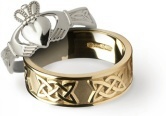Blog Categories
Blog CategoriesTraditional May Day Customs and the Celtic Festival of Bealtaine
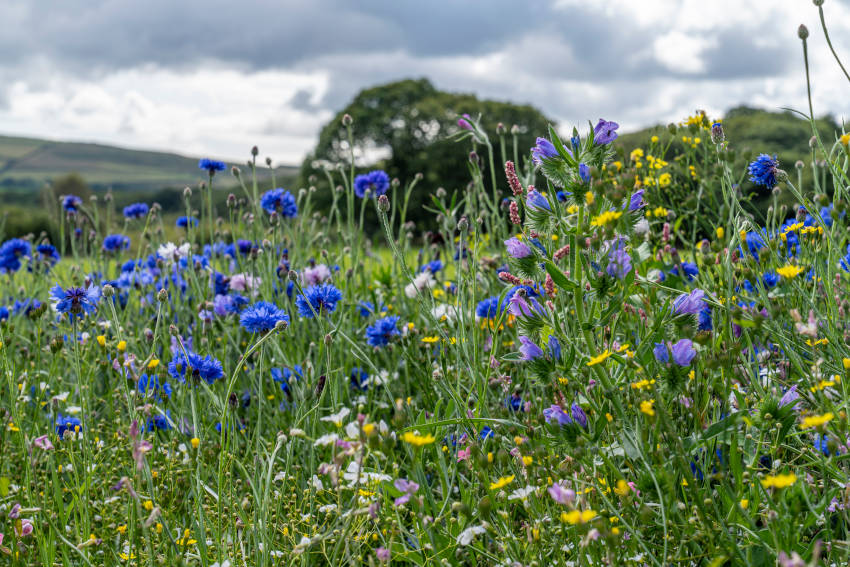 |
| May in County Wicklow, Ireland |
May Day. May Day! It’s time to celebrate the ancient and spiritual Celtic festival of Bealtaine.
Embracing the summer and all the hope and promise it brings and bidding farewell to the dark winter was traditionally a huge part of Irish history and tradition. It’s not just in Ireland that this is celebrated however - May Day across medieval and modern Europe was celebrated. The observance is said to have originated in ancient agricultural rituals and was even celebrated in festivals in ancient Greek and Roman times.
While in Ireland now and across the world the first day of May signifies the start of better and brighter times and in years gone by there were a huge number of traditions and customs attached to this day in Celtic and Irish tradition.
Bealtaine is one of the four major Irish Celtic annual festivals along with Samhain (the end of harvest and beginning of winter), Imbolc (the beginning of spring) and Lughnasa (the beginning of harvest). It signifies the return of the light. Fire, water, light and luck are the main themes and our ancestors believed that many rites and rituals at this time would bring good luck. All of the festivities stem from a dual spiritual tradition - predominantly Christian but with pagan aspects remaining. Bonfires were lit and the smoke and ashes were said to have protective powers.
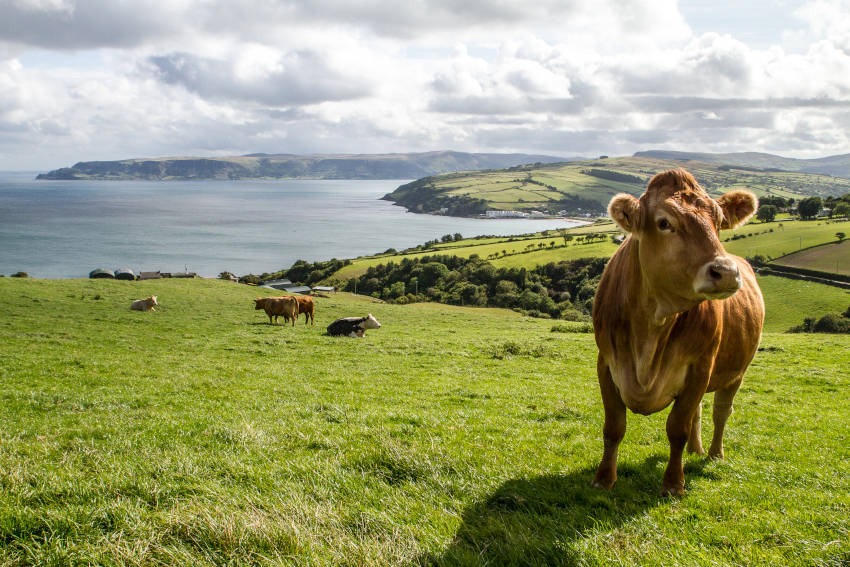 |
Farming traditions
This was the time in the farming calendar for cattle to be driven out to the summer pastures and the farmers would perform rituals to protect the crops and people and cattle and to encourage growth. It was considered bad luck to give away anything at this time from the house - dairy products or tools particularly - as they related to the profit of the house and it was believed that if given away they related to the profit of the year!
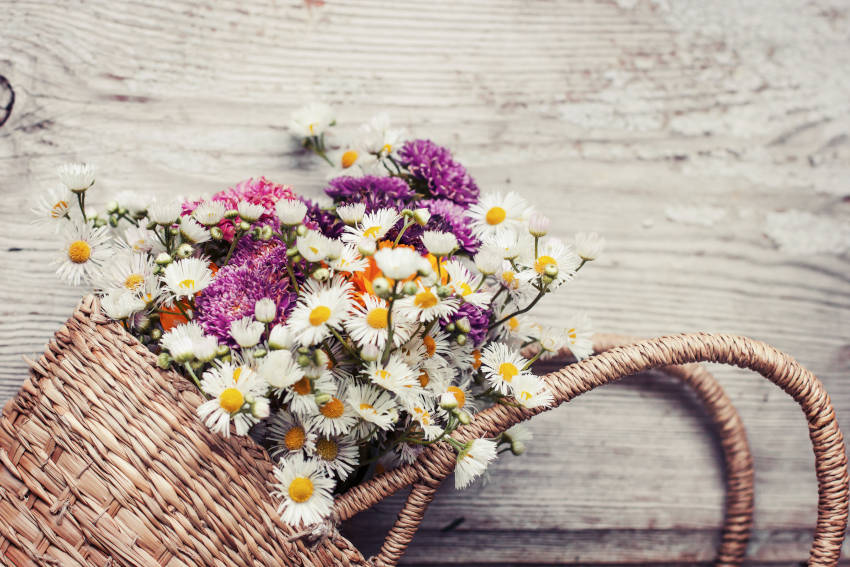 |
May Baskets
People across Ireland would drop a paper basket or cone with spring flowers and sweets on each other's doorsteps, usually anonymously. This tradition was very popular during the 19th and 20th centuries, especially when it came to children or romantic sweethearts. The custom was to knock on the door, yell “May basket!,” and then run off without being seen!
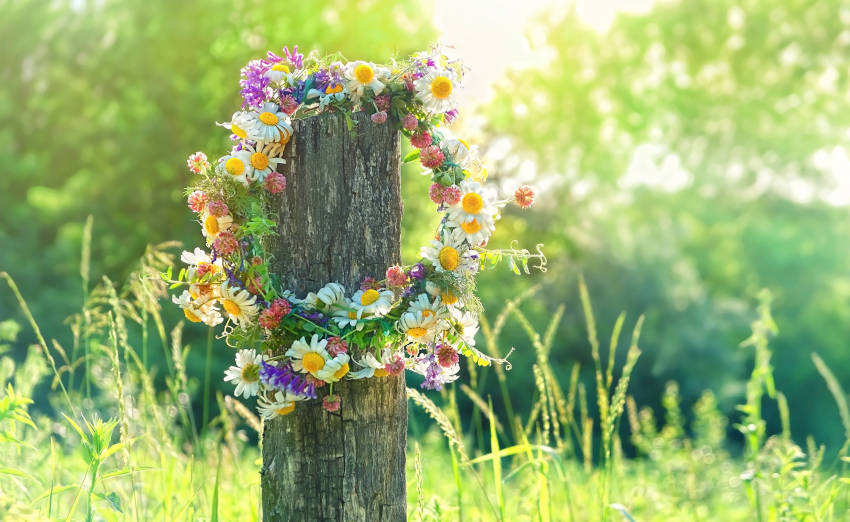 |
The May Bush
Another tradition was the May Bush. Again like many Irish traditions, this was influenced by both Christian and pagan traditions. They were set up on May Eve as protection ‘against the fairies’ who were thought to be particularly active on that night. For some they were set up in honour of the Virgin Mary whose month is the month of May. It wasn’t often a bush at all but a flowering branch of the hawthorn (whitethorn) tree which was planted at the front of a house or tied to the front fence of a dwelling. They were then decorated with ribbons, flowers, seashells and colored egg shells (sometimes saved from Easter).
Dancing around the Maypole
One of the more social and public traditions to celebrate May and the coming of better times and weather was the Maypole. This would be put up at a crossroads and people would dance in a circle around it. It was a late addition to the May traditions in Ireland and never gained the popularity of some other traditions, customs or festivities. Dublin did have at least three prominently positioned maypoles - in Harold’s Cross Green, the Botanic Gardens and Balbriggan. Today the village of Holywood in County Down has the only surviving maypole in Ireland and on the first Monday in May each year the pole is still decorated with ribbons - local children dance around the maypole and a May Queen is crowned!
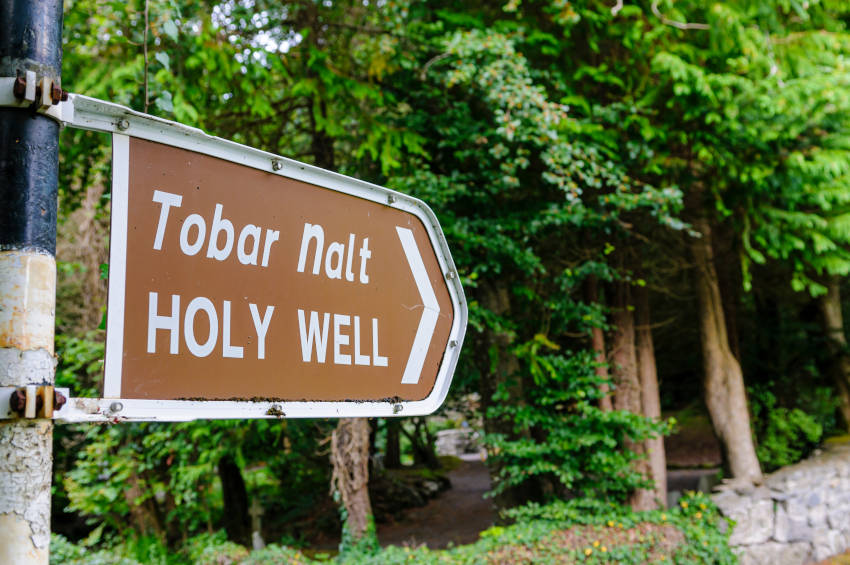 |
Holy Wells and the First Dew
The water from Holy Wells was thought to be especially potent at this time of year and flowers were left at Holy Wells. The first dew at May was considered to be a cure for the rest of the year and washing ones face with this or walking in the dew of May Day was considered to have powers that would cure and restore.
May is truly a magical month!
